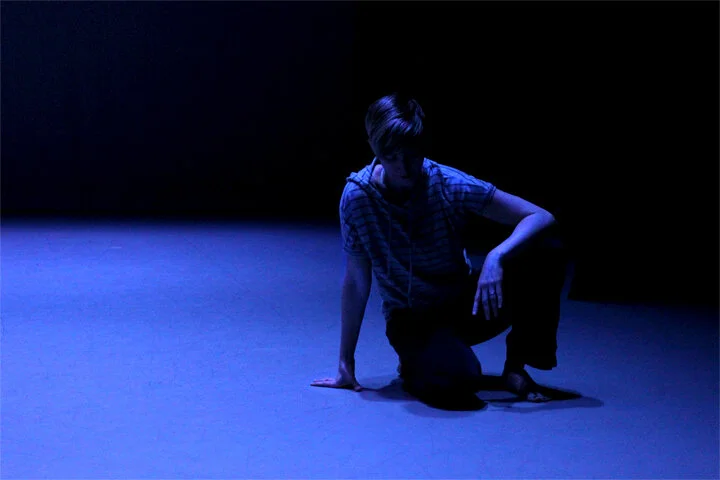Last week a dear friend shared the news of her sixth pregnancy loss. Another is grieving the dissolution of her marriage. Meanwhile, I am mourning the loss of my career and the professional identity I built my life around. All three of us have also lost our fathers in the past few years. Sometimes the weight of grief is crushing, and darkness seems to press in on us from every side.
In the Christian tradition, December is the season of advent. Advent, which literally means “arrival,” simultaneously remembers the incarnation of God in the birth of Christ and anticipates his return and the restoration of the world. The movements we make during advent – lighting candles, singing carols, and reading sacred texts – invite believers to contemplate the birth of Christ as a means to sustain their faith during the darkest days of the year.
In the northern hemisphere, advent coincides with the celebration of the winter solstice, the moment when our corner of the earth reaches its furthest point from the sun, and we experience the longest night of the year. (For those in the southern hemisphere, the winter solstice occurs in June.) Throughout the world and across time, people celebrate the winter solstice with rituals that celebrate the return of the sun and the victory of light over darkness.
At the same time, the winter solstice is associated with the earth element and with the natural cycles of dormancy and decomposition. It evokes images of releasing, going to ground, stagnation, and decay. However, many plant species – especially those in colder climates – require a period of latency to effectively enact the processes of germination and growth.
In his beautiful book, No Mud, No Lotus: The Art of Transforming Suffering, Zen Buddhist teacher Thich Nhát Hanh writes
Everyone knows we need to have mud for lotuses to grow. The mud doesn’t smell so good, but the lotus flower smells very good. If you don’t have mud, the lotus won’t manifest. You can’t grow flowers on marble. Without mud, there can be no lotus… When you’re overwhelmed by despair, all you can see is suffering everywhere you look. You feel as if the worst thing is happening to you. But we must remember that suffering is a kind of mud that we need in order to generate joy and happiness. Without suffering, there is no happiness. So we shouldn’t discriminate against the mud. We have to learn how to embrace and cradle our own suffering, and the suffering of the world, with a lot of tenderness.
As the days grew shorter this season, I noticed in myself a tendency to cling to the light as a remedy for darkness. I tend to associate darkness with suffering, and so I hurry away from it, rushing with relief toward the light. This year I’ve found myself pondering what it might mean to “befriend the darkness.” What is enabled by our journey in and with the dark? How might we move with suffering, embracing and cradling it, as Nhát Hanh suggests, as the very grounds for joy?
Wishing you peace and love amidst the darkness and the compassion to hold suffering with tenderness in the new year.
